Anatomy of the 1st MTP Joint
Big Toe Arthritis most commonly affects that base of the toe, at the joint called the 1st Metatarsophalangeal (MTP) joint . It is the most common location for arthritis around the foot and ankle, and is typically seen in adults between the ages of 30 to 60. The resulting stiffness and big toe joint pain often leads to patients seeking specialist review.
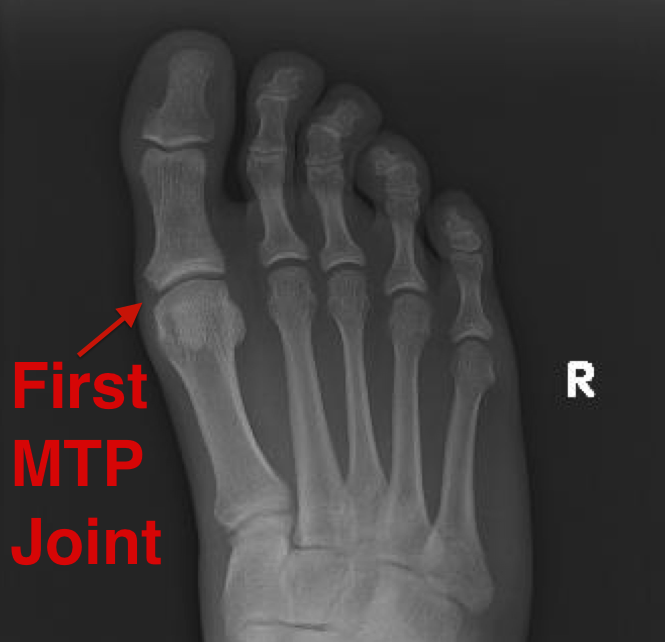
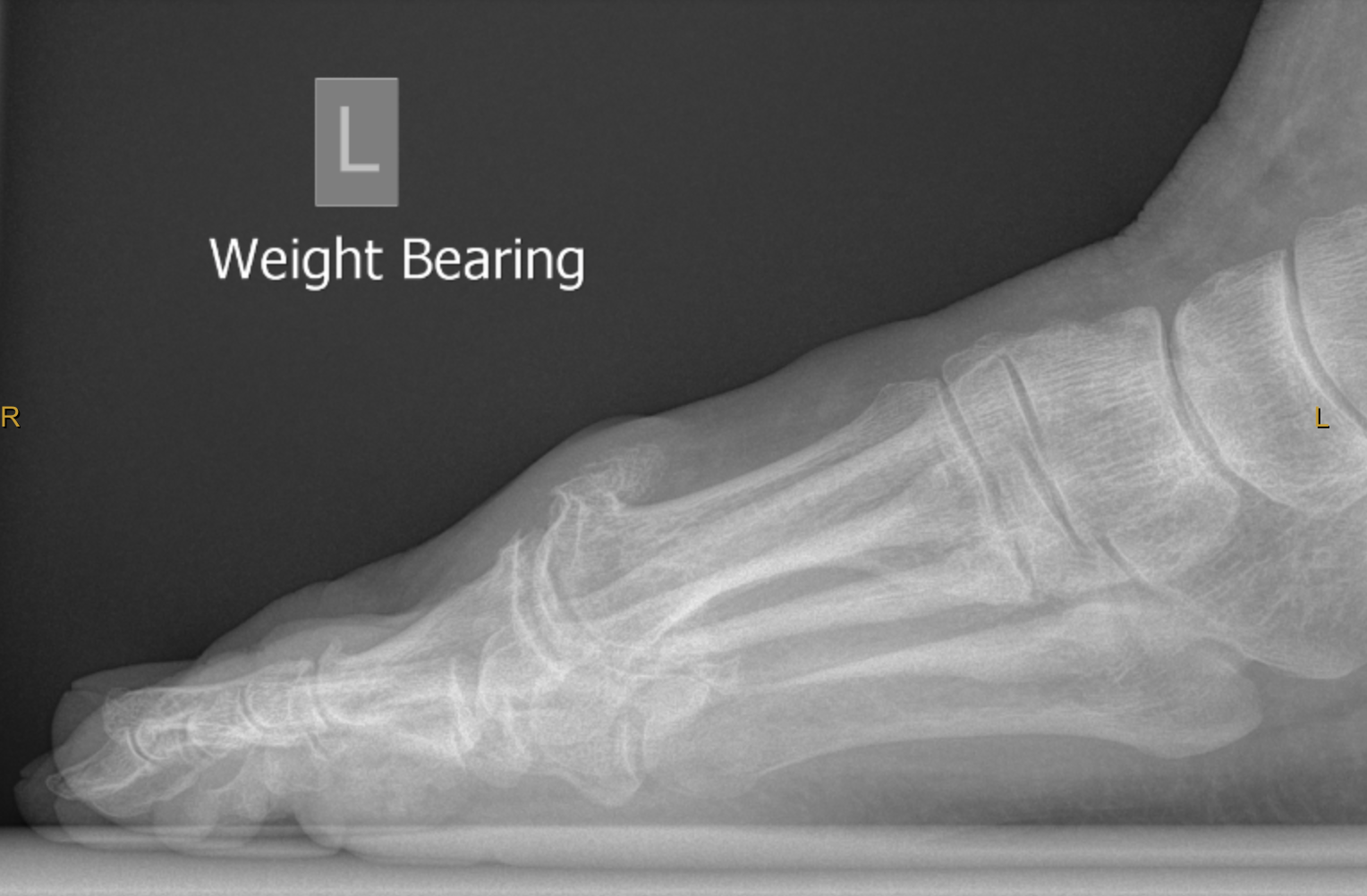
The 1st MTP joint is the large ‘ball and socket’ joint at the base of the big toe. It’s normal function is to allow considerable movement to assist with a normal gait pattern during the ‘toe off’ phase of walking / running.
When arthritis develops within this joint, it is often referred to as Hallux Rigidus
What causes hallux rigidus | Big toe Arthritis?
In many of our patients, there is no specific cause found for the development of arthritis. While it may develop in some individuals following a specific injury (‘Turf toe’ / Fracture), this is not always the case. Gout is one condition that has a predisposition to this joint. Hallux Rigidus may appear in one foot ,or be present in both symmetrically.
What symptoms to people experience?
Patients with big toe arthritis (Hallux Rigidus) will typically present with joint pain affecting the base of the big toe. This results in pain that is often exacerbated with walking and running. A visible ‘bump’ if often seen on the side / top of the toe, and this represents a bony spur (osteophyte) that has developed as part of the arthritic process.
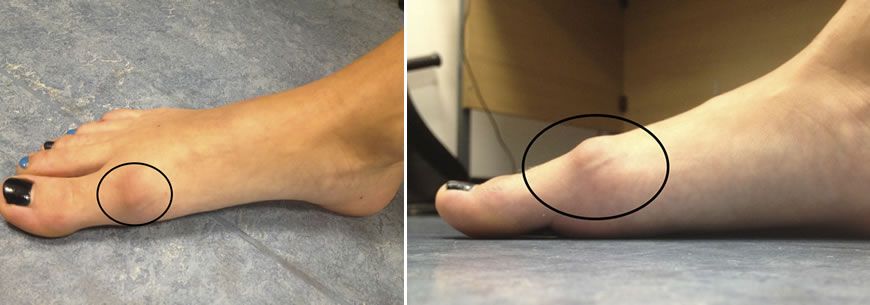
The stiffness that develops within the joint can prohibit the wearing of certain shoes, such as those with a heel.
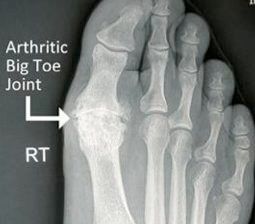
‘Hallux Rigidus’ | Big Toe Arthritis Treatment
What are your options?
Hallux Rigidus can be present with varying degrees of severity, both in terms of ones symptoms, and the findings on imaging (X-ray) There are two board groups of treatment options.
Nonoperative Treatment
Nonoperative options aim to reduce the pain within the joint itself. While not curative of the arthritis, attempts at providing orthotics to relieve the pressure under the joint, or adapting footwear to reduce the movement through the joint, may help alleviate the pain. Other standard analgesic regimens such as paracetamol and anti-inflammatories may also be helpful.
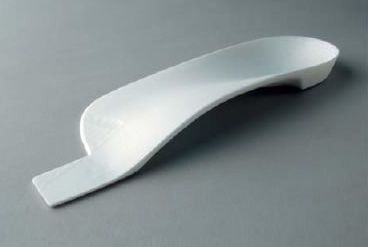
Surgical options
There are three main surgical options for big toe arthritis depending on the patients symptoms, severity of arthritic, and level of activity.
1. Dorsal Cheilectomy (Spur removal) +/- Joint Debridement
2. Joint fusion / arthrodesis
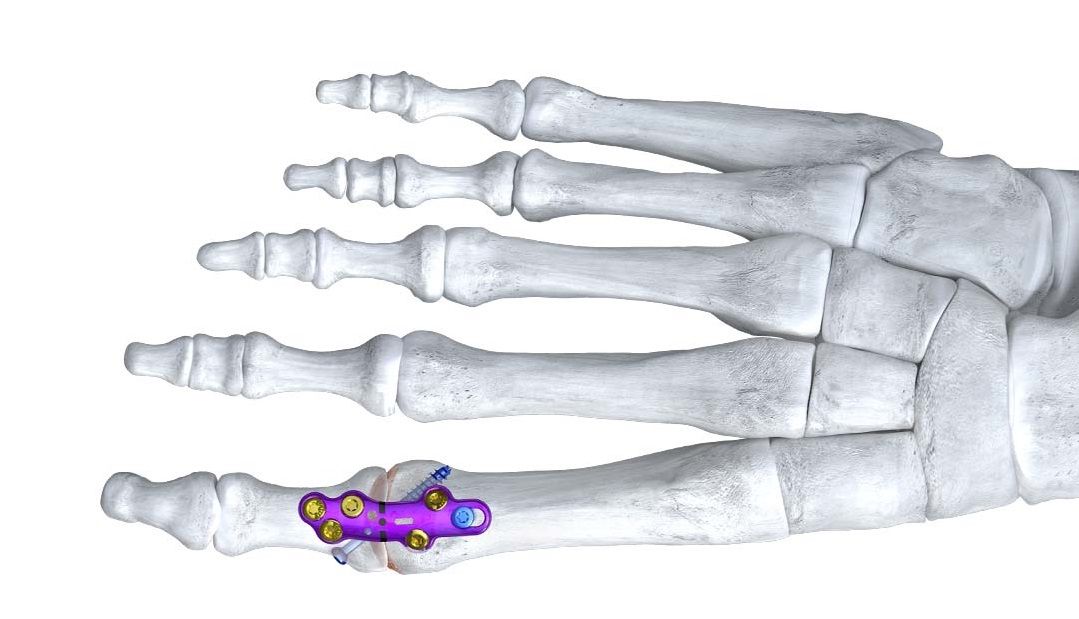
3. Hydrogel Cap (CARTIVA) hemiarthroplasty
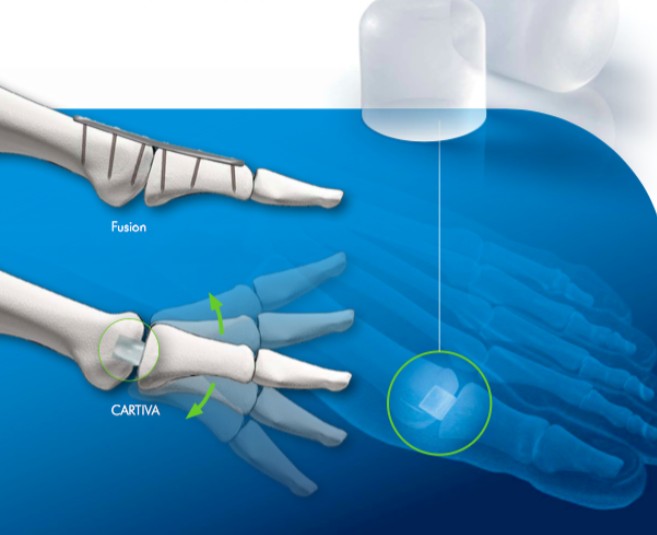
Are you experiencing pain through Big toe joint?
Pain through Big toe joint
Difficulty wearing shoes
Difficulty walking

